So you have nurtured and cared for you tomatoes for months and then before you’ve even had the chance to pick your hard-earned harvest you notice mushy pest eaten tomatoes that have to be binned 😣IN FACT upon closer inspection you notice that your green tomatoes have tiny holes in them as well….
WELCOME to the shady world of tomato worms AKA budworms!!
This is not your standard cabbage moth with green caterpillar larvae. As you can see from the photo above it is brown in colour and known as “budworm”. Unlike the white caterpillar moth that you see floating around your garden space (which I hate to break it to you, can still devastate your summer crops), the larva of this moth isn’t seen much around the garden because it likes to run rampant during the night! Much like the moth, the larvae (budworm) are really hard to see as well….that is of course until it’s too late!
It’s funny how one year they aren’t a problem and then the next they are wreaking havoc on your tomatoes.
By now, like me, you’re probably in a bit of a tiz and ready to wage a war against these tiny and hard to find critters so let’s dig in and discuss some ways to recover once your crop has been infested and talk about some ways to tackle the problem NEXT year.
As an organic gardener I’m not one to spray hard core chemicals on my crops which does leave you in a more challenging predicament if tomato worms/caterpillars are already engulfing your mature crops.
Here are some ways to help contain the damage and harvest those hard earned tomatoes without holes……
INSPECT & DESTROY
This can seem overwhelming on huge mature crops particularly if you have a lot of tomato plants (believe me I feel you) but the reality is it must be done.
Go through all your tomato plants and bin ALL fruit that have holes in them. Look for the tiny holes too. The tiniest of prick holes is usually a sign that the worm has made its way into your fruit. They go in small and fatten up fast. Don’t just look for the big hole established infestation.
Bin them.
SPRAY
A natural homemade solution
2 cups water
1 tsp of cayenne pepper
1 tsp of garlic
1 tsp dish soap
Spray your plants liberally with this ensuring that you get both sides of the leaves and stems. Do this weekly.
Dipel is a natural bacterium spray/product that can be used very effectively in the treatment of this problem also. Do this every 10 days.
Pyrethrins sprays (although I feel like these lack punch) see label
Spinosad is a natural substance made by a soil bacterium that can be toxic to insects. It is a mixture of two chemicals called spinosynA and spinosyn D. It is used to control a wide variety of pests. These include thrips, leafminers, spider mites, mosquitoes, ants, fruit flies and others.
This substance will NOT AFFECT BEES bees and other beneficial insects but of course it may affect butterfly populations as it is an insecticide though natural.
Diatomaceous earth is another great alternative. This dust can be safely sprinkled over your plants and will kill insects and worms if they come into contact.
As with any pest spraying protocol you need to REAPPLY!! Don’t think you can spray once to solve the problem. As the lifecycle of the larvae needs to be disrupted a continual regime of spraying needs to occur.
PREVENTION
Whilst it’s probably a little late in the game to talk about prevention do take this advice into your next spring/summer crops and save yourself some heartache by………
COMPANION PLANTING

Interplanting with herbs such as dill, basil and marigold is a great way to assist with the devastation of tomato worms!
Spray BEFORE you get infested
Spray your crops when they are young and give them protection from larvae AND save yourself a tonne of time!
CROP ROTATION
If you aren’t already practising crop rotation then I highly recommend not planting your tomatoes in the same spot each year. Larvae tend to live in the soil so it’s important to remember this.
If space is a premium and you have to plant in the same spot then make sure that you are digging over your soil adding in compost to rejuvenate and kill any larvae living in the soil.
Create good soil biology.
Finally……
It’s a devastating realisation to find that the dreaded budworm has infiltrated your tomatoes but yo
u can overcome the problem it will just take work!
On the other hand if it’s not too late in the season why not plant some more tomatoes and start again!
Big love from the garden
Sash xx

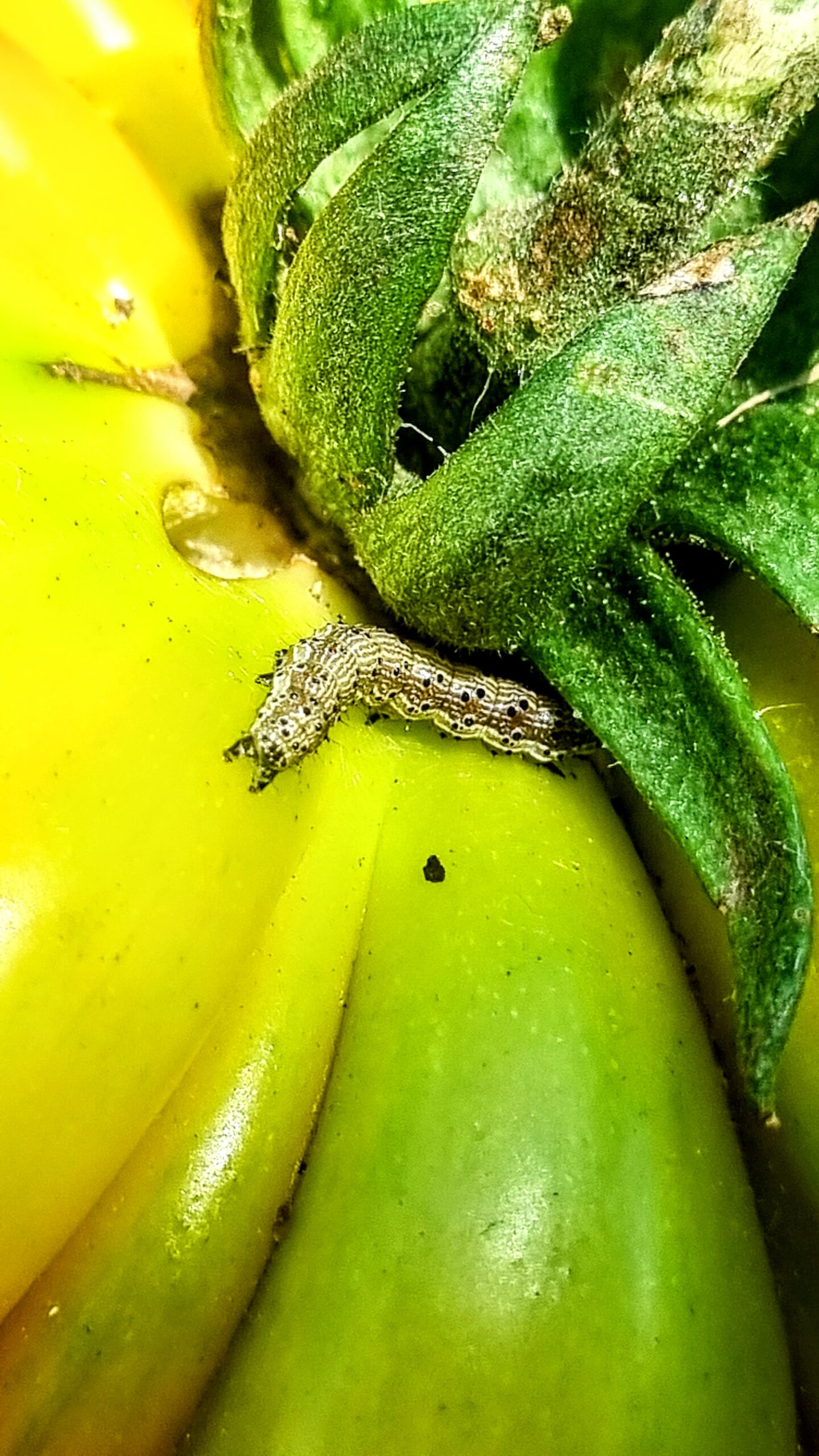
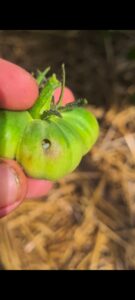
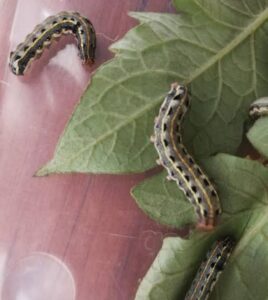
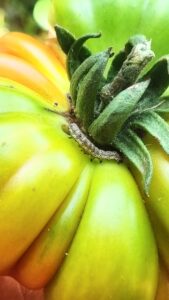


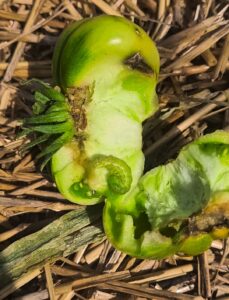


0 Comments